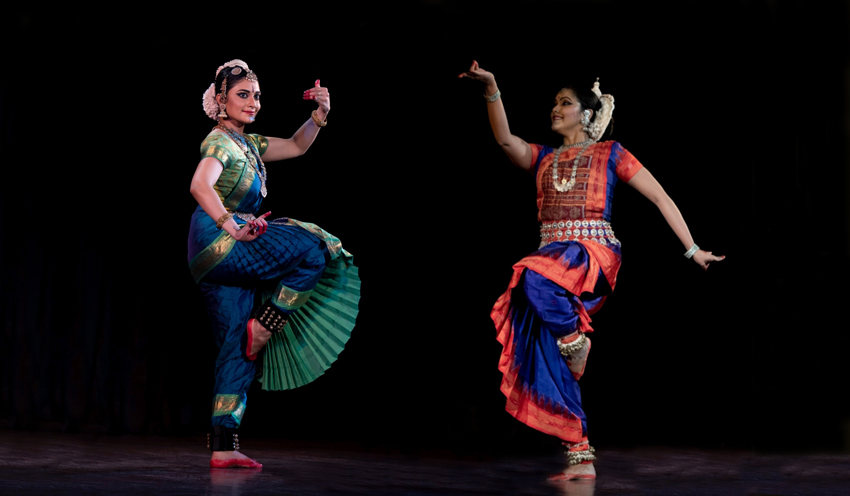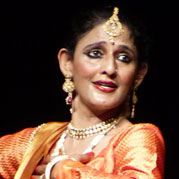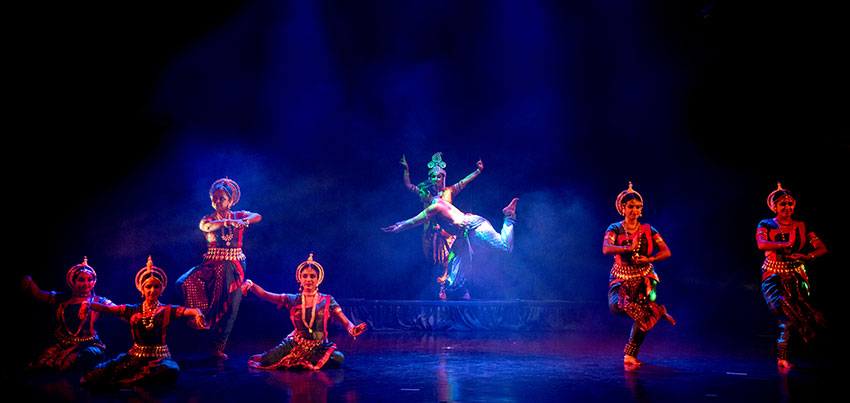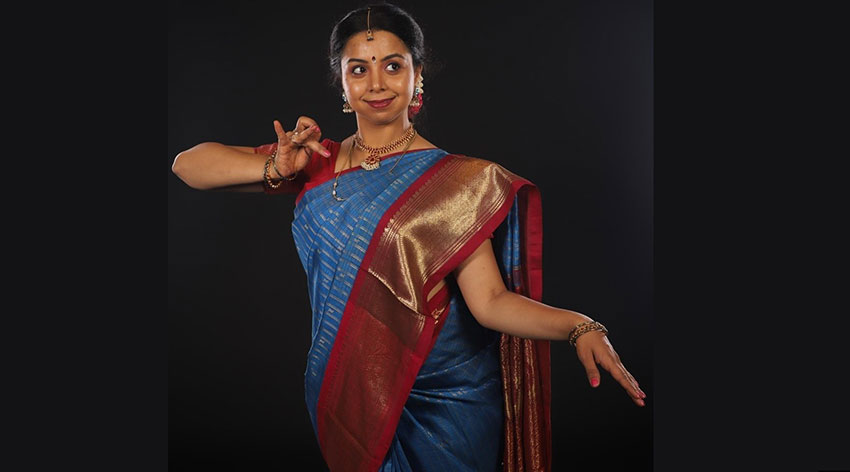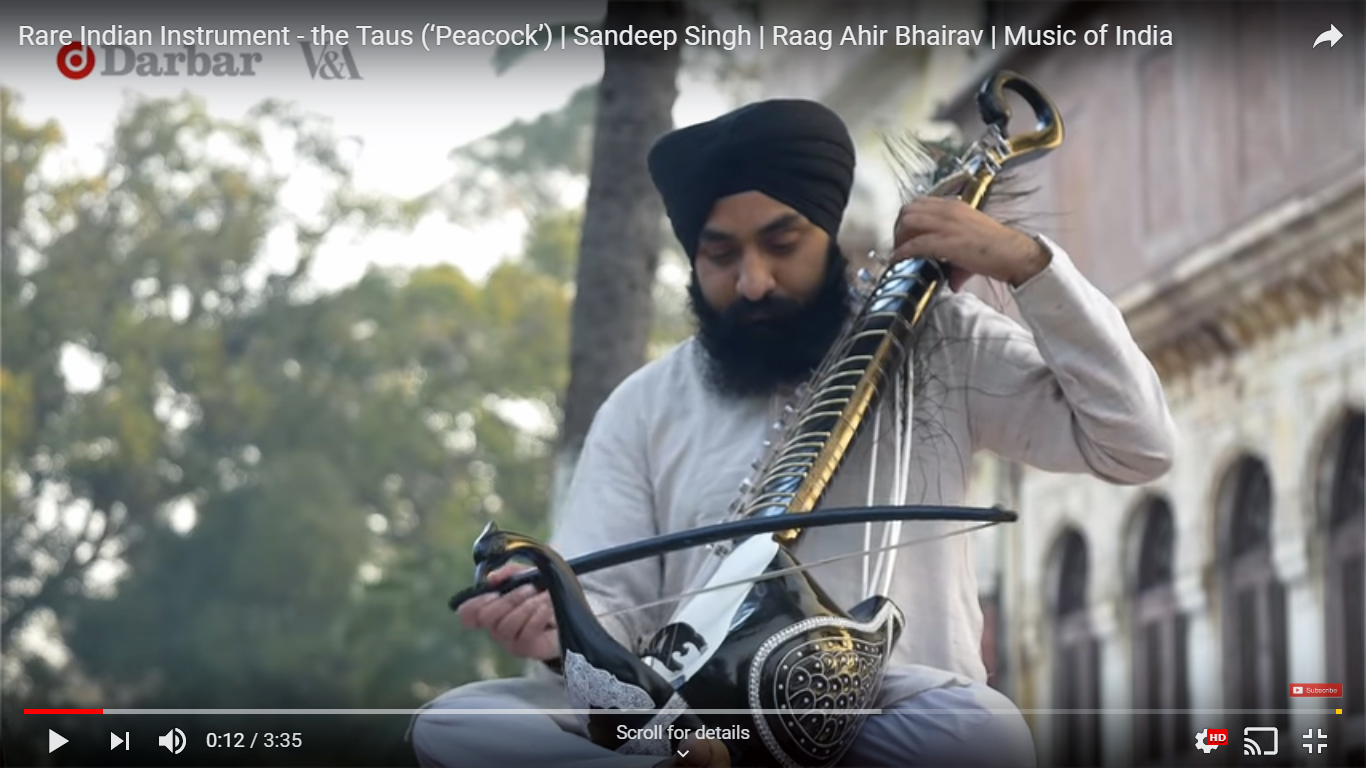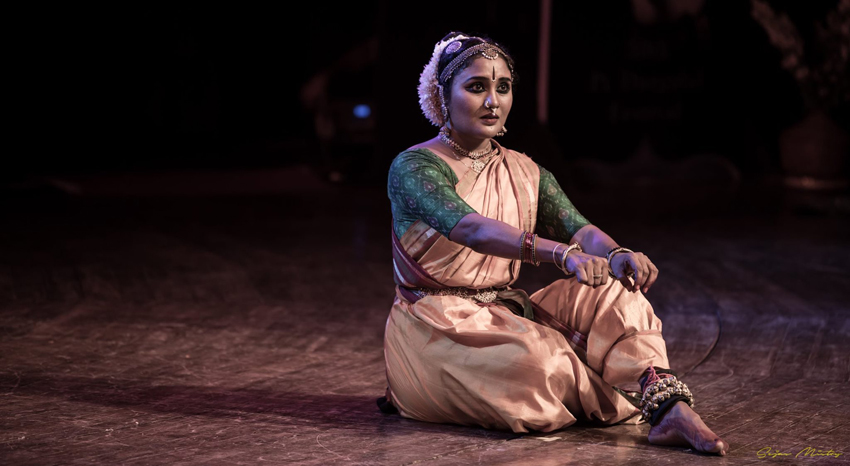The performances by Divya Ravi (Bharatnatyam) and Abhayalakshmi (Odissi) in September’s Double Bill Concert Series of the India International Centre (IIC), New Delhi provided interesting points related to negotiating traditional content for contemporary audiences and for dancers to evolve their distinct styles.
The fast-changing socio-economic realities pose challenges to artists to remain connected to markets and audiences. Classical Dancers, practitioners of traditional knowledge are challenged to respect principals that define their traditions and yet bring innovations. The reality also demands practical modalities to sustain and invest in off and online marketing to ensure the visibility of their work. This is in addition to rigorous, exacting practices, teaching schedules, research among other aspects of everyday life.
Platforms of Patronage play a crucial role in the dynamics of the establishment of dancers. The monthly, ‘Double Bill’ concert series by the IIC for young classical dancers represents a distinct brand. Famous for a scrupulously high discerning standard for the arts the IIC audiences comprise of artists, thinkers, intellectuals, and connoisseurs of great standing. This concert series represents a platform for significant legitimacy for artists. The proximity between the performers and the audience allows for detailed viewing not so frequent today. An exacting platform forces the performer to be there with just the dance skill and minimal use of spectacle dressing – lights and sound.
From Spectator to Rasikas
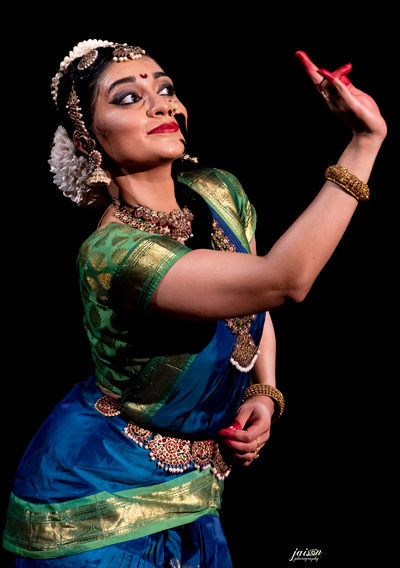
Divya Ravi’s dance was illustrative of an intelligently crafted concert exemplifying an emerging signature style defined by Ang-Shuddhi’. Divya’s detailed, sturdy yet lyrical, rounded coordination of the body, eyes and feet displayed the complete or series of movements woven in patterns of rhythms (jatis). It allowed the audience to travel with the performer.
Quite often, the nritta communicate a brandish demonstration. Either the dance is robotically rehearsed, or peppered with spectacles of agile acrobatic technique or characterized by distractions comprising of a dominant use of technical accessories light, sound, and costume. Such elements make performances pageant not a process. The pageant does not allow audiences to be absorbed to become a Rasika. Rather, the audience gets limited to being a spectator.
Divya’s balanced rendering of the Navras Varnam (nine emotive colors) on the Goddess Meenakshi (the fish eyes Goddess) demonstrated such a wandering. Quoting leading dance commentator, Leela Venkatraman on a good Varnam, “Where each section of the Varnam (the central component in a traditional Bharatanatyam performance) is punctuated by a rhythmic piece (teermanam) that upholds the structure of the seminal theme.” The Varnam composed by Padmashri Lalgudi Jayaraman and Choreographed by Dr. Soundarya Srivathsa, represented Divya’s potential on various aspects of Bharatanatyam tradition.
The detailed yet different flavour was evident in the Odissi performance of Abhayalakshmi. In the Pallavi set in Raga Shankarabharana and choreographed by Adi Guru Pankaj Charan Das, the dance fitted exactly to the length of musical pattern. Performing the music, Abhayalakshmi’s movements curved to match the length of the musical pattern and provide a sculpted experience. The intrinsic character of the Odissi dance comprising slow detailed movements, geometric formation (the square position – chowk) and the lyrical three-module deflection – tribhanga) presented the dynamic three-dimensional friezes in the Odissi sculptural scheme.
Making Tradition Modern
The Western mindset of demarcating tradition and modernity does not quite exist in India. Contemporariness and modernization is factored in the very essence of Traditional Indian Performing Arts. For this, artists need to comprehend the cultural geographies of the chosen content. Says Dr. Kapila Vatsyayan, “Unfortunately, dancers’ today- usually isolate content. They take a piece of literature, song, poem for performance but they do not travel to understand the cultural geographical context of the content. Hence, most performances are mere spectacles and not processes. It is imperative to contemplate and research the underground patterns of the content so that the performer grips journeys of symbols and images formatted as a complex underground root system. The understanding of the root system enables a process above the ground where audiences transform from spectators to rasikas.”
Divya Ravi, selected an Abhang, a devotional piece specific to the cult of Vitthal Vithoba (a Maharashtrian Tradition of Krishna Worship). In her performance, there were pauses, the establishment of the abhinaya amidst actions reflecting the Maharashtrian cultural vibrancy. Referring to five milkmaid devotees of Krishna the song created levels in the metaphors performed. Divya presented the distinct ethos of each milkmaid who was both consciousness and energy. Each Gopi drew their respective identity and love for Krishna from five different colors – White, Yellow, Black, Red, and Green. In the end, the 5 merge spinning together, their interlocked hands described by Divya as ‘an infinite loop indicating no beginning and no ending’.
To reach a deeper level of the chosen Abhinaya piece, Divya could explore the manner the Natya Shastra refers to colors relating them to musical notes and emotions. Or, the way colors along with the metaphor of the interlocked hands as an ‘infinite’ loop’ are perceived in Mahayana Buddhist as the endless knot.
In a similar manner, Abhayalakshmi’s chosen Ashtapadi from the Geet Govinda provides discussion for deeper journeys in dance. The central theme in the verse ‘Sakhi he Kesi mathana mudaram’ (O! Friend bring Kesi’s slayer to revel with me, I have gone out of my mind…) depicts- Radha’s fluctuating feelings of envy, despair that takes her to a reverie of that first meeting with Krishna; It is a moment that provides the canvas to recreate the mental stage of Radha as mugdha nayika (a young woman flowering into womanhood).
Abhayalakshmi beautifully communicated the soft innocence and delicacy juxtaposed by a sense of obstinacy captured in her bouncy stance. To go to the next level, the study of a variety of painted manuscripts on the Geet Govinda could be useful. An example offered is one of the 10 folios on the ashtapadi in the Mewari manuscript. In the painting, Radha and the Sakhi are placed in the front left section. While the face of Krishna appears in a descending diagonal line, from the dark bushes to a lighted section which shows Radha and Krishna together in a bower. Just the line of Krishna’s face maps the shifting of Radha’s mind ending with ‘The moment’ in the ashtapadi.

Conclusion
For a dancer, the dance has to be most important and music and modern technical production tools as supports not relegating the dance skill or content. Secondly, ‘classical’, means that the content of the dance is out of time, and hence the division of tradition and modern does not stand. Last in order to develop individual signatory style, the re-searching and comprehending the cultural context of content is the only way experimentation can have a longstanding impact; or else the audiences’ as mere spectators on leaving the auditorium will clap, whistle and wowed, but not as rasikas who are silenced by a well-travelled long-lasting journey.



